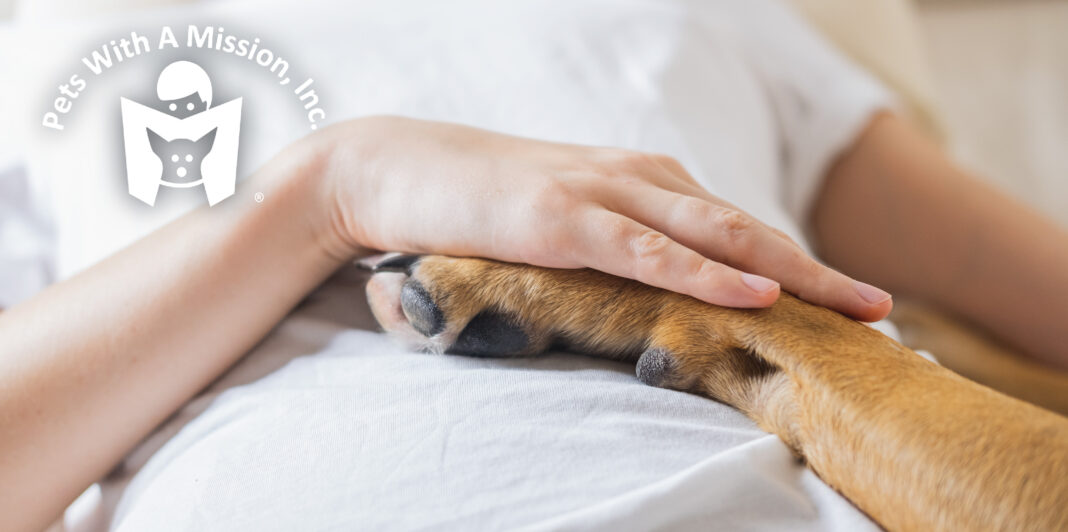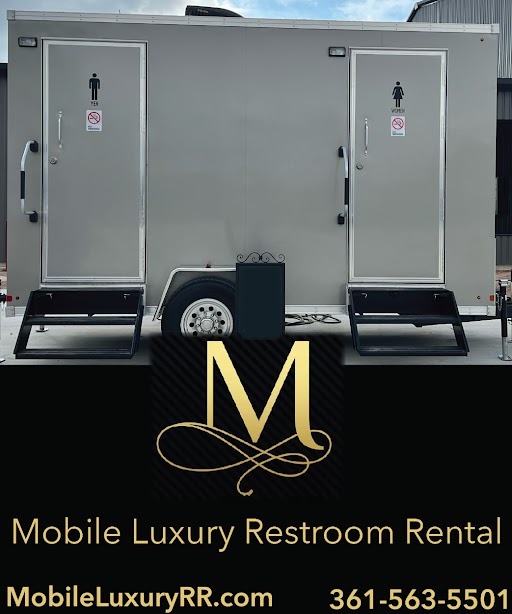Pets With A Mission, Inc: Getting Ready For A Therapy Dog Visit
In most cases, it takes more than a day to prepare for a visit because there are necessary pre-visit preparations, but more about that later. First, let’s back up a minute and explain who is a therapy dog. Therapy dogs are animals who really enjoy interacting with people and are comfortable around strangers. They are carefully evaluated to see if they are suitable to visit health care facilities, schools, and libraries. The intent of a therapy dog visit is to provide comfort to a variety of people. Therapy dogs may be of any breed, size, or gender. It depends on the personality and behavior of each specific dog as to whether they can become a therapy dog. A therapy dog visit is made by a team that consists of one dog and one person who is the handler and generally the dog’s owner. When therapy dogs are not on a visit, they are family pets and live with their handler.
A dog’s preparation for a therapy visit starts with bath time usually the day before a scheduled visit. Dogs must be cleaned and groomed before each visit. For smaller dogs and those with short coats, bath and grooming may take just a few minutes. Larger dogs and those long hair or heavy coats take considerably longer time to groom. A few years back, I worked with a lady who had a Keeshond therapy dog. Because of his heavy coat, it took her at least three hours to groom Toby for a visit. Baths can be done with traditional dog shampoo and water or a dry shampoo that has little or no fragrance. Ears need to be cleaned and teeth brushed to make them irresistible to those they will visit. A dog’s nails are never trimmed within a day or two of a visit because there might be a rough spot on a nail that could scratch a person being visited.
Most handlers carry a tote bag or backpack that contains items that may be needed during a therapy visit. Handlers will check their bag and replace or add any missing items or add new items before each visit. The handler’s personal items include their driver’s license, a cell phone (turned off), hand sanitizer, and maybe sunglasses. Everything else in the bag is for the dog: poop bags, a few paper towels and a zip top bag as cleanup supplies in case of an accident, a copy of the dog’s current immunization record, and a second collar and leash. Other items are optional and vary depending on the facility where the team visits. Some optional items are a pet brush, a collapsible water bowl, a ball or toys, and treats that are safe for humans to eat such as cheerios. FYI, some children and a few people who have dementia have been known to eat the dog treats while sharing them with the dog so that is why treats have to be people safe too. On a visit the dog will wear a collar or harness with a leash attached. In addition, some therapy organizations require the dogs to wear a collar tag, vest or bandana that indicates they are therapy animals. You may wonder why an extra collar and leash is carried by the handler. When working with someone undergoing rehabilitation or some children, walking the dog may be part of their therapy program. The handler will hook a second leash to the dog’s collar and hand it to the person so they can take the dog for a walk. However, the handler will maintain ultimate control of the dog while holding on to the original leash. So yes, the dog is walked with two leashes attached to the collar or harness using a double leash procedure.
The day of the visit, the handler will evaluate their own health and that of their dog to ensure that both are healthy and ready to visit. If either of the team members is ill, the visit must be cancelled. However, if both are well, the visit is a go. Some dogs are high energy and may need to work off some of that energy before a visit. A fifteen-minute walk may take care of things. For other dogs, that is not nearly enough. I know a lady who has a Pembroke Welsh Corgi. The dog needed at least thirty minutes of serious ball chasing to ensure that she remained calm during visits. I tried taking my Australian Cattle Dog for a walk before therapy visits but she was not interested. She wanted to get on to the visit and walk later. Couch potato dogs may hop off of the couch and be ready to go. Somewhere along the way, the handler will put on their uniform top, place the collar or harness on the dog, grab the leash, and head out of the house. Once the vehicle is parked at the facility to be visited, the dog will be given an opportunity for a potty break in a location a bit away from the building. Should the dog deposit “presents”, the handler will bag things and stash them at the vehicle to be disposed of later at home. Then, they are ready to spread smiles and happiness to all the people they visit and others that they pass along the way.
At one time or another, all handlers have wished that dog grooming was not required before each visit or that dogs were self-grooming. Alas, no such luck, so before every visit, handlers spend time and effort to carefully groom their dogs. The handlers want their animals to be neat, attractive, and smell good so they can present the animals at their best. They want all the people they visit to enjoy the experience and experience the comfort that a therapy dog can provide.















